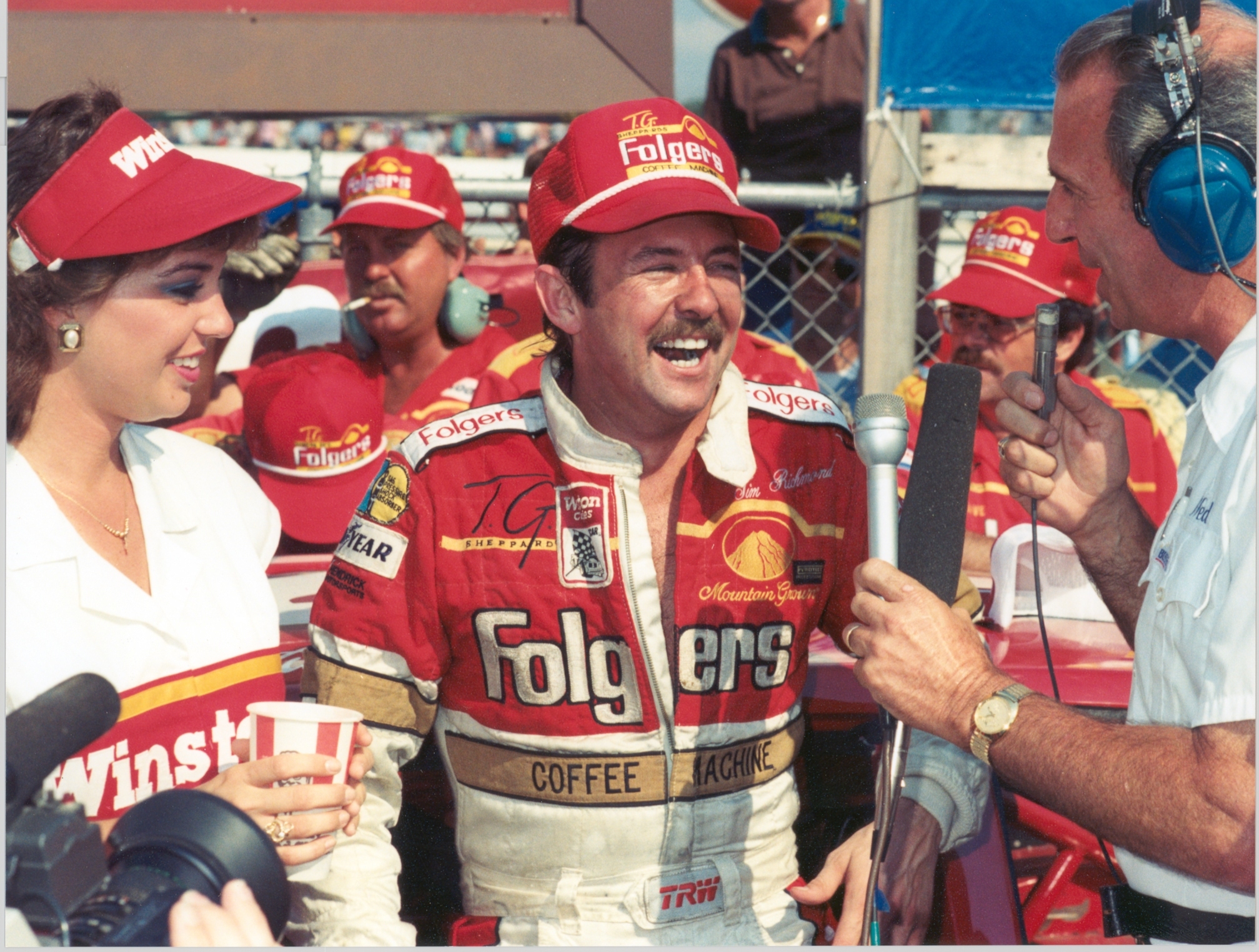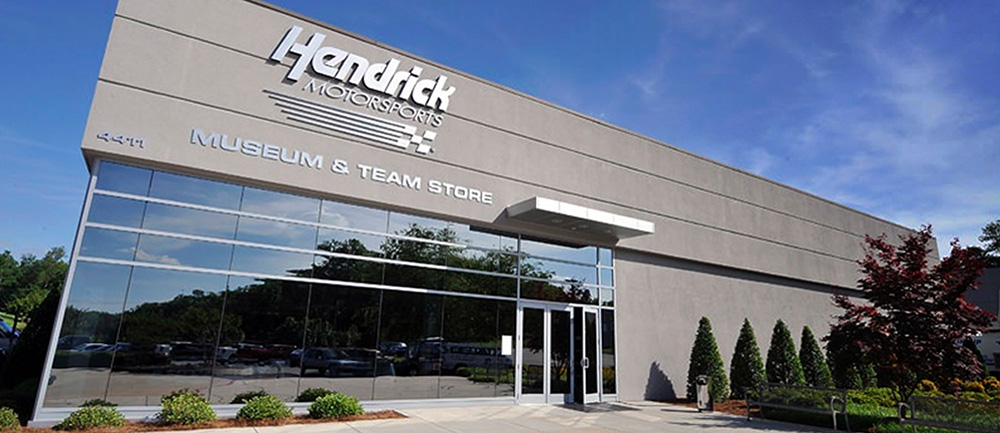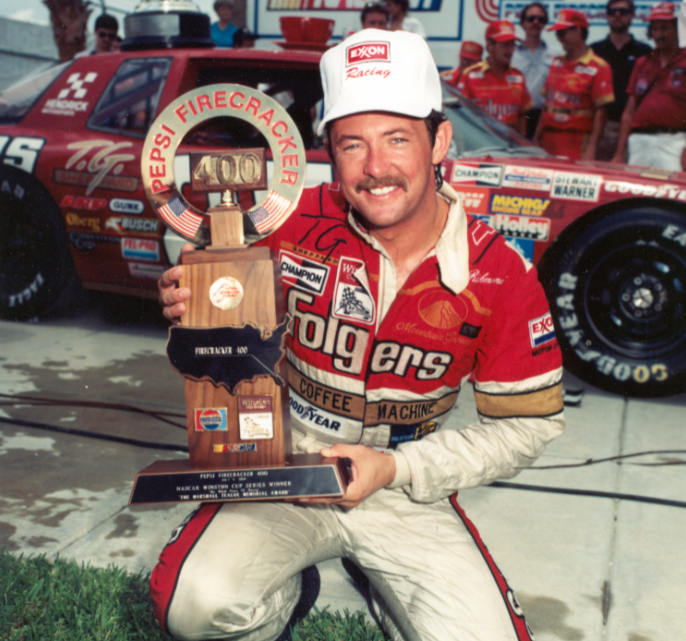CONCORD, N.C. - Daytona International Speedway is NASCAR’s most prominent and historic facility. Not only is it home to the sport’s biggest event – the DAYTONA 500 – it also hosts this weekend’s final regular season showdown and sets the field for the 2025 NASCAR Cup Series playoffs.
It’s also been a pivotal track in the history of Hendrick Motorsports, starting in 1986, the season that cemented the team’s winning foundation.
After persevering through 1984, including the now famous, organization-saving victory in the spring race at Martinsville Speedway with driver Geoff Bodine, Hendrick Motorsports was in position to grow and expand for the first time with Bodine finishing fifth in points in '85. With a taste of success and two years of experience under his belt, team owner Rick Hendrick asked crew chief Harry Hyde to take the reins of a second team and bring out the best in one of the sport’s most talented, yet flamboyant personalities – Tim Richmond.
RELATED: Relive Hendrick Motorsports first DAYTONA 500 Triumph
“Tim brought a legitimacy to our program,” Hendrick told HendrickMotorsports.com in 2009. “He was a natural behind the wheel. He showed raw talent and car control while being aggressive behind the wheel. With Tim, we were threat to win the championship.
“Tim was ‘Hollywood’ and way ahead of his time,” Hendrick later noted. “He looked like he had stepped off the cover of GQ magazine.”

Richmond had a larger-than-life demeanor away from the track while also flashing a lot of natural talent on it – winning numerous sprint car and supermodified races throughout the 70s and scoring rookie honors in both the 1980 Indianapolis 500 and the IndyCar Series that year before moving to stock cars in 1981.
The Ashton, Ohio, native held numerous rides in the early to mid-1980s, climbing into competitive equipment in 1983 and winning his first Cup Series race at California’s Riverside Raceway in a J.D. Stacey entry halfway through the season. Later, Esquire magazine named Richmond as one of “the best of a new generation” in 1984, a testament to his transcendent appeal.
However, it wasn’t until he signed with Hendrick Motorsports that he truly flourished as a NASCAR driver – and even then, it took halfway through the season.
“Tim was ‘Hollywood’ and way ahead of his time,” Hendrick later noted. “He looked like he had stepped off the cover of GQ magazine.”
Rick Hendrick
Hendrick Motorsports still opened the season by making a statement, as teammate Bodine and the No. 5 out “fuel-mileaged” the legendary Dale Earnhardt to win the organization’s first DAYTONA 500. It was also Mr. Hendrick’s first of now 10 triumphs (to date) in the “Great American Race” and served as an early notice to the rest of the sport.
For his part, the Chemung, New York driver went on to score two victories that season in the yellow-and-white No. 5, with 10 top-five and 15 top-10 finishes bolstering an eighth-place overall in season points. An impressive follow up to his breakthrough Cup Series points campaign from the year prior.
However, that effort was overshadowed by Richmond, who set the NASCAR world on fire in 1986, leading his team to seven wins, 13 top-five finishes and 17 top 10s in 29 Cup Series starts. He eventually landed third in Cup Series points, the best effort yet for the burgeoning Hendrick Motorsports operation.
RELATED: Tim Richmond rallies to win at Pocono in a foggy, photo finish
His first win came in the 13th race of the season, taking home checkers at Pennsylvania’s Pocono Raceway by leading the race’s final 30 laps and holding off a charging Earnhardt at the stripe. Coming off two consecutive runners-ups prior to Pocono, Richmond had started to find his groove, outlasting some of the sport’s biggest names in the process. His television interview ahead of the Firecracker 400 at Daytona International Speedway gave insight into how he approached his preparation and late-race scenarios.
“I get more nervous sitting at the coffee table thinking about how I might win a race, what the circumstances might be, or who I might being beat by – or beating – for the win,” he said. “I get a whole lot more nervous at the table daydreaming about that than I will actually doing it.”
Ironically, a winning moment presented itself in the closing laps of that very race. After jockeying positions for most of the day and hanging around the top 10, Richmond took advantage of the misfortune that befell a couple of NASCAR Hall of Famers.
With three laps to go, Earnhardt lost an engine and hit the outside wall of turn two, bringing out the eighth and final caution of the day. Race leader Buddy Baker initially avoided the incident but got caught in lapped car Connie Saylor’s trouble, which changed the entire complexion of the race 153 laps into the 160-lap affair. Richmond assumed the lead after Baker pitted for repairs, but he still needed to hold off Sterling Marlin, Darrell Waltrip, Bobby Hillin, Jr. and Ricky Rudd in a late-race restart.
At the wave of the green, Richmond streaked away from the field and took his first win at Daytona International Speedway by 1.39 seconds, what would be considered a lifetime in today’s superspeedway racing.
“We just held in there all day, and some breaks went our way,” Richmond said in victory lane. “The Folgers car came through. I was just trying to get in the top 10 there for a while, then we got to the fifth spot. Then I had to get from fifth to first and luckily, everything worked to my advantage. Unfortunately, some disadvantage for the other guys.”
It was the first time Hendrick Motorsports had swept both the 500 and the summer NASCAR Cup Series races at Daytona.

















